In a quiet laboratory at the Weizmann Institute of Science, a cluster of mouse stem cells begins pulsating with rhythmic contractions. Within days, these cells self-organize into a structure possessing a beating heart, a rudimentary brain, and the beginnings of a spinal cord. The astonishing part? This embryo-like entity was created without sperm, egg, or womb—a living testament to the revolutionary field of synthetic embryology.
The emerging discipline challenges fundamental biological dogma by demonstrating that mammalian life can be initiated through alternative pathways. Researchers manipulate stem cells—nature’s raw building blocks—using precise chemical cues to coax them into mimicking natural embryonic development. These synthetic embryo models, while not identical to conventional embryos, exhibit startlingly similar organizational blueprints and even undergo key developmental milestones like gastrulation.
Why does this matter? Beyond upending textbook definitions of life’s origins, the technology offers an ethical window into early human development—a stage traditionally obscured by technical and moral constraints. Many birth defects and miscarriages trace their roots to errors during these initial weeks of gestation, yet research has been hamstrung by limited access to human embryos. Synthetic models could finally illuminate this black box.
Dr. Alfonso Martinez-Arias, a developmental biologist at Pompeu Fabra University, describes the approach as "deconstructing life to understand its assembly instructions." His team’s work with synthetic mouse embryos revealed how mechanical forces between cells—not just genetic programs—guide the formation of organs. Such insights were previously unattainable using traditional embryology methods.
The field isn’t without controversy. As models grow more sophisticated—some now sustain development equivalent to mid-gestation in mice—philosophers and scientists grapple with questions: At what point might these constructs acquire moral status? Current guidelines prohibit culturing human synthetic embryos beyond 14 days, but some models already blur the line between artifact and organism.
Technological hurdles remain. Unlike natural embryos, most synthetic versions fail to progress beyond early stages. Vascular systems often don’t form properly, preventing nutrient delivery to inner cell layers. Yet progress accelerates: Recent breakthroughs include inducing synthetic embryos to implant in artificial wombs and generating primordial germ cells—precursors to sperm and egg—within the models themselves.
Beyond basic research, applications beckon. Pharmaceutical companies eye the technology for toxicity testing during pregnancy drug development. In reproductive medicine, synthetic models may help optimize IVF conditions or screen for chromosomal abnormalities. The most futuristic vision involves growing transplantable organs from a patient’s own cells, though this remains firmly in the realm of speculation.
As labs worldwide refine their techniques, regulatory frameworks scramble to keep pace. The International Society for Stem Cell Research recently updated its guidelines to address synthetic human embryo research, emphasizing transparency and public engagement. Meanwhile, teams at Cambridge and Caltech race to improve model fidelity, incorporating extraembryonic tissues that better mimic uterine environments.
The philosophical implications run deep. Synthetic embryology forces us to reconsider what constitutes an individual, the moral weight of potential consciousness, and whether life’s sacredness stems from its origin or its capacity. For now, these laboratory curiosities remain powerful tools rather than autonomous beings—but each scientific advance narrows the gap between artificial creation and natural conception.
Looking ahead, researchers caution against hype while acknowledging transformative potential. As one Kyoto University team demonstrated by growing synthetic monkey embryos, the principles established in mice increasingly translate to primates. Human applications, though distant, no longer seem implausible. This quiet revolution in developmental biology may ultimately rewrite not just medical textbooks, but societal conceptions of life itself. and for emphasis - Thematic flow without numbered points - Scientifically accurate content about synthetic embryology - Philosophical/ethical dimensions woven throughout

By /Jul 2, 2025

By /Jul 2, 2025
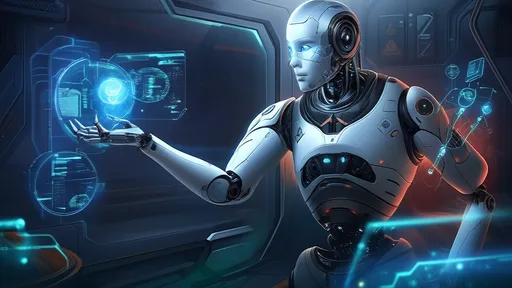
By /Jul 2, 2025
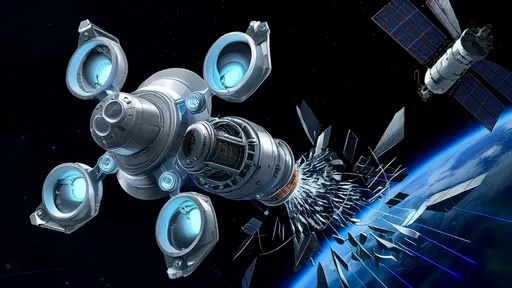
By /Jul 2, 2025
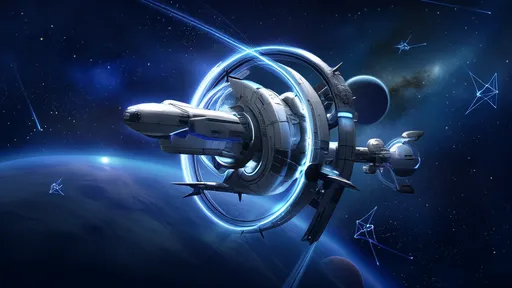
By /Jul 2, 2025
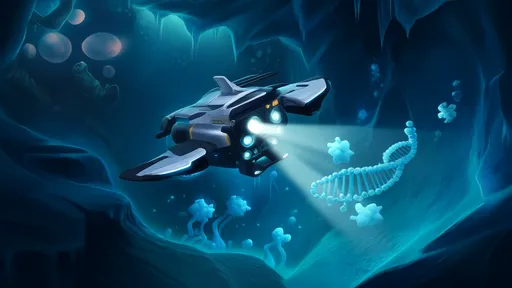
By /Jul 2, 2025
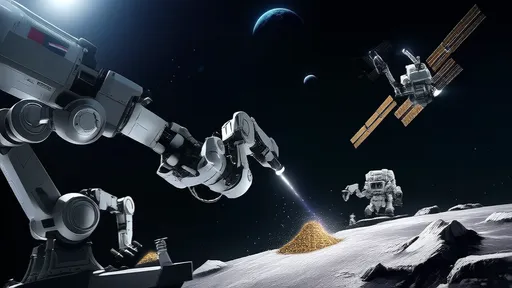
By /Jul 2, 2025
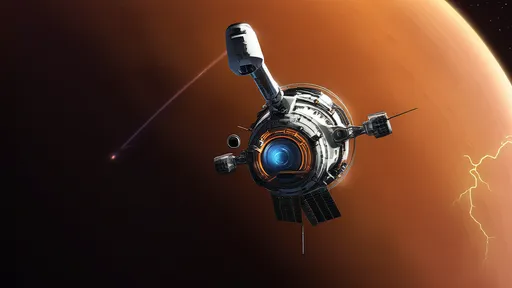
By /Jul 2, 2025

By /Jul 2, 2025
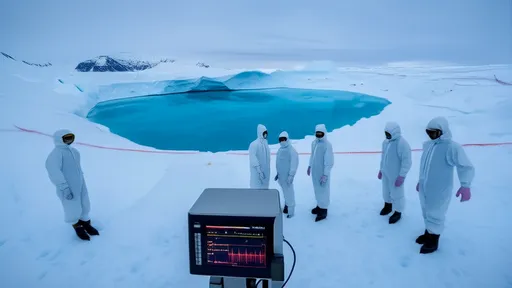
By /Jul 2, 2025

By /Jul 2, 2025
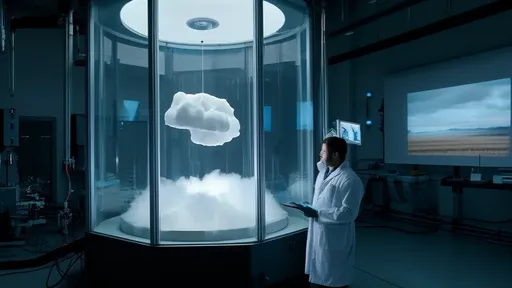
By /Jul 2, 2025
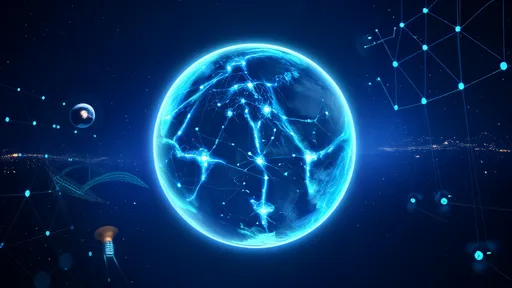
By /Jul 2, 2025
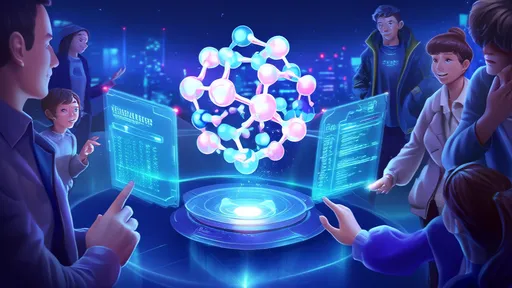
By /Jul 2, 2025
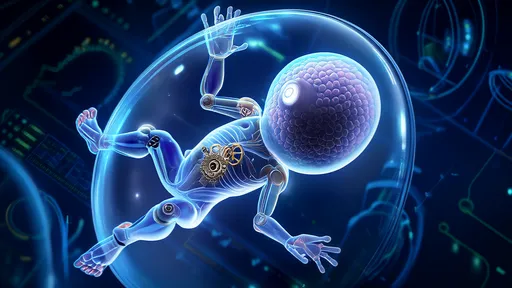
By /Jul 2, 2025
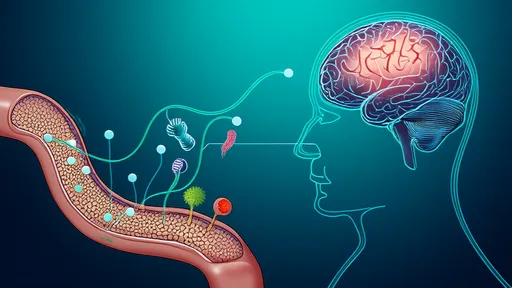
By /Jul 2, 2025
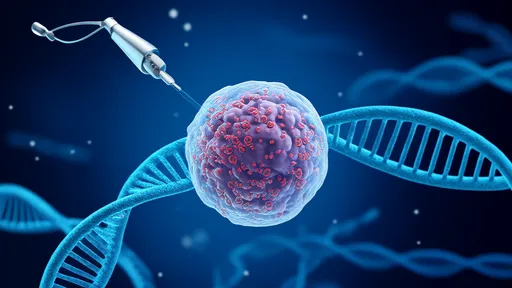
By /Jul 2, 2025
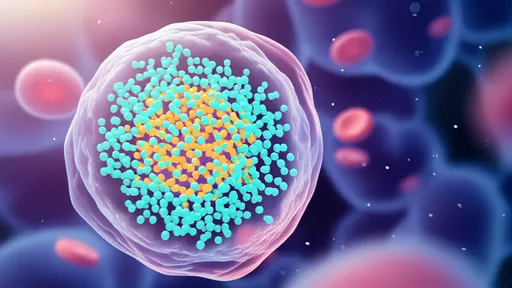
By /Jul 2, 2025
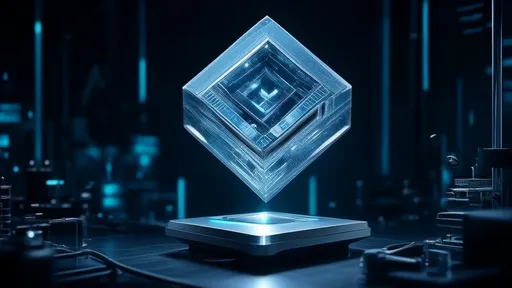
By /Jul 2, 2025
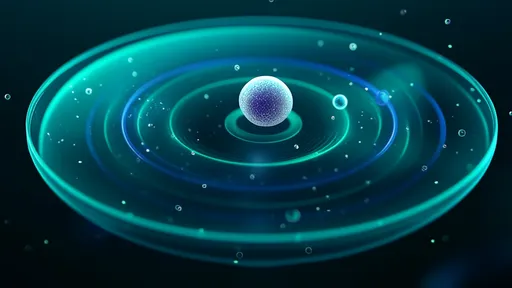
By /Jul 2, 2025